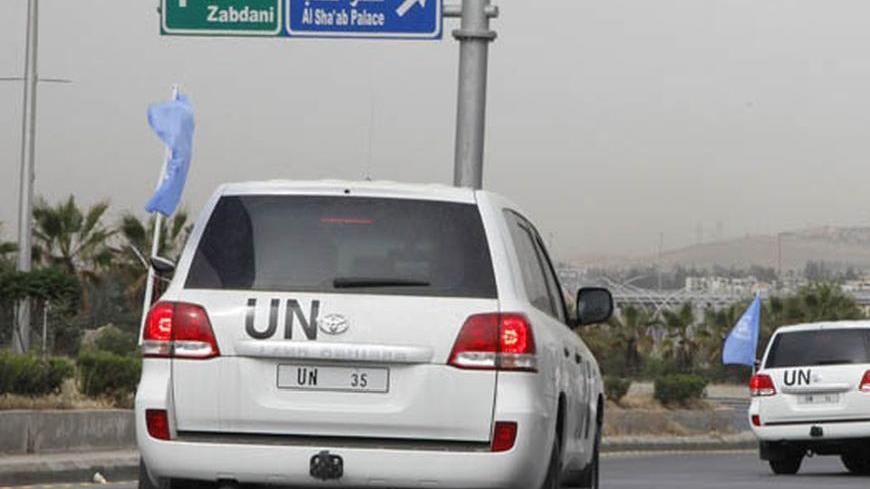In his book The Struggle for Syria: A Study in Post-War Arab Politics, 1945-1958, Patrick Seale reminds us of the pivotal importance and attractiveness of Syria’s geostrategic location in the competition for power expansion and influence-building in the Middle East. Today, the situation is much more complex. Civil war is looming in the absence of the possibility of peaceful, smooth, orderly change. The Annan mission is supposed to help the Arab League and the United Nations contain and settle the conflict. But the latter is pitting an Arab-Turkish-Western axis against an Iranian-Russian-Chinese one, with different degrees of involvement, commitment and agendas for members of each axis.
Many factors tend to enlarge the crisis area, making the conduct of crisis diplomacy more difficult.


